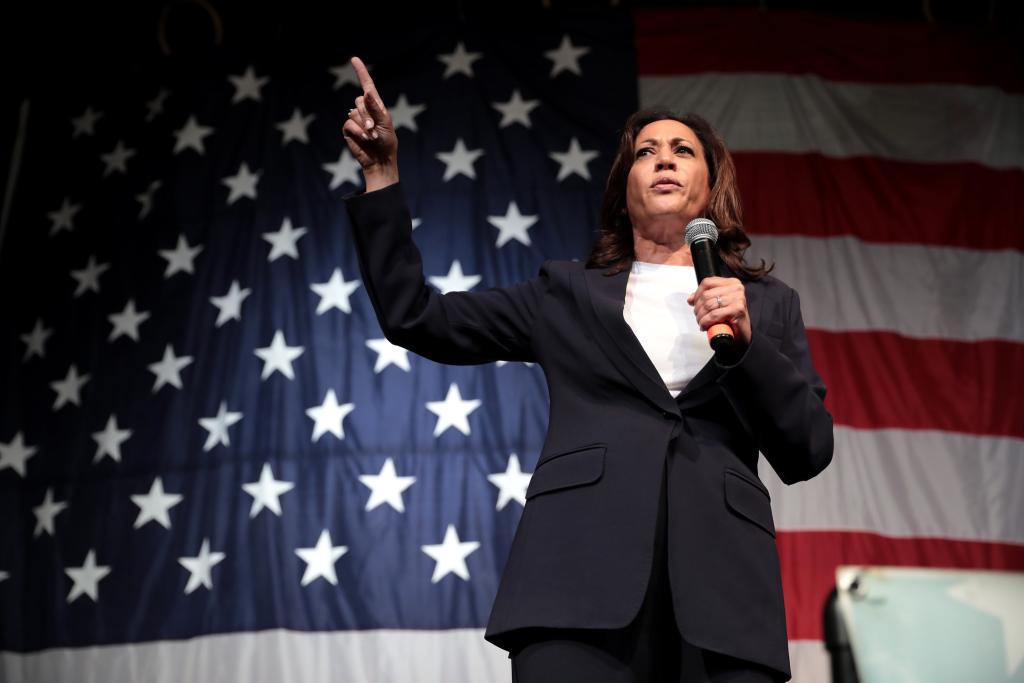
Women in Suits
Pauline Rushton guides us through the timeline of women wearing suits and how this fashion statement has represented equality and power throughout history.

In the winter of 1981, I attended an art students’ end of term ball in a Manchester nightclub, dressed in a man’s vintage 1950s suit, complete with shirt, tie and braces. But this was not a fancy dress ball, and I was wearing what I, at that time, regarded as my own clothes. They just happened to be clothes originally designed to be worn by a man, not a woman. So, what influenced me to choose such an outfit?
The late 1970s and early 1980s was a time of great experimentation in street fashion, influenced by successive cultural and musical movements, as punk gave way to New Wave and then to New Romanticism. A common element running through all of these movements was androgyny, the blurring of masculine and feminine characteristics, or of gender signifiers such as dress, to create ambiguity. David Bowie was one of the first musical artists to play with androgyny in his work, from as early as 1971, when he posed on the cover of his album, The Man who Sold the World, wearing a ‘man’s dress’ created by designer Michael Fish.
As a longstanding Bowie fan, I was highly influenced in the choice of my own clothes by his androgyny, hence my wearing of a man’s suit on that particular occasion in 1981. Aside from androgyny, the idea that women who dress in male suits are ‘power dressing’, or somehow borrowing the power that historically belonged to men, is rather clichéd but it goes back a long way.
In the past, when elite or middle-class women engaged in sport which involved them being more physically active than the cultural norms allowed, it somehow became more permissible if they adopted elements of male dress while doing it. For example, during the nineteenth and early twentieth centuries, while riding, hunting, fishing, cycling or playing golf and tennis, women usually wore a starched shirt, collar and tie modelled on a man’s. For riding, they even wore a top hat. Effectively, they became ‘honorary men’ during such activities, so that their femininity was not compromised by ‘unlady-like’ behaviour, such as raising their arms above their heads, or even, in the case of cycling, revealing that they actually had two legs.

Similarly, during the 1890s, when women first went out to work en masse as telephonists and in other office environments which had previously been the exclusive domain of men, they adopted the ’uniform’ of stiff collar, shirt and tie. Such clothes signalled that they meant business in what was very much a man’s world.
Naturally, there had always been ‘rebels’ who were unafraid to challenge societal norms in dress and opted to wear male suits. One of them was the French actress Sarah Bernhardt (1844-1923), who in 1870 posed for studio photographs wearing a trouser suit, although her motive for doing so is not clear. As an actress, she may have viewed it as a way of creating publicity for her work or it could have been a serious attempt to challenge male domination.
Similarly, a century later, when the singer Celine Dion wore a much criticised back-to-front white tuxedo suit, designed by John Galliano for Dior at the 1999 Oscars it may have been simply to attract press or a statement of fashion rebellion.

In the twentieth century, the idea that women wearing men’s suits were inherently sexy became a standard fashion trope. This was mainly due to the suit being worn by a number of glamorous actresses and singers, ranging from Marlene Dietrich in the 1930s, in a tuxedo suit and top hat, to Madonna in the 1980s, in a double-breasted pin-striped business suit. Perhaps the most enduring example of this trend arrived in 1966, with Yves St Laurent’s tuxedo suit, Le Smoking, which has proved so popular that a version is included in every YSL collection even up to today.
During the 1980s, the idea of women in sharply-cut suits as ‘power dressers’ was at its height. They tended to be skirt suits with padded shoulders, rather than trouser suits, and were popularised by characters in television soap operas, such as businesswoman Alexis Colby in Dynasty, and in real life by politicians such as Margaret Thatcher, who felt she had to dress in masculine-inspired clothes as she was working in a man’s world.

Today, we accept women in trouser suits in all social and work settings, attaching no particular significance to their choice of what was once an exclusively male form of dress. Worn on the red carpet by celebrities, such as the actor Kristin Stewart and singer Janelle Monae, they are confident and stylish, the equal of any designer gown. Worn by female leaders and politicians, like Angela Merkel and Kamala Harris, they are simply practical and sensible. Harris’s teaming of a dark trouser suit with a pair of Converse All-Stars on the latest cover of Vogue makes that point quite clearly. No longer needing to look like ‘honorary men’, women can enjoy wearing suits on their own terms and in any situation.
